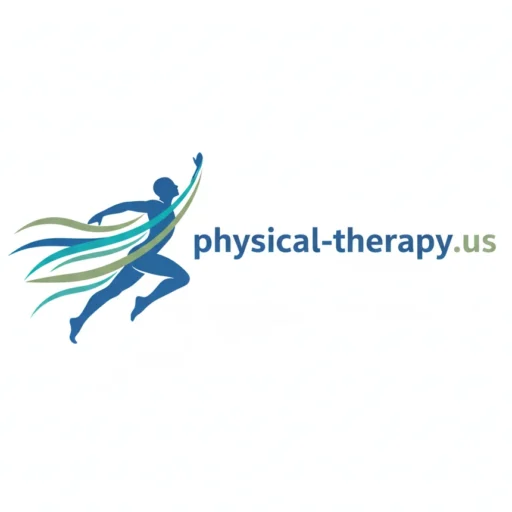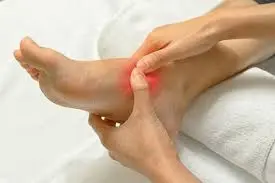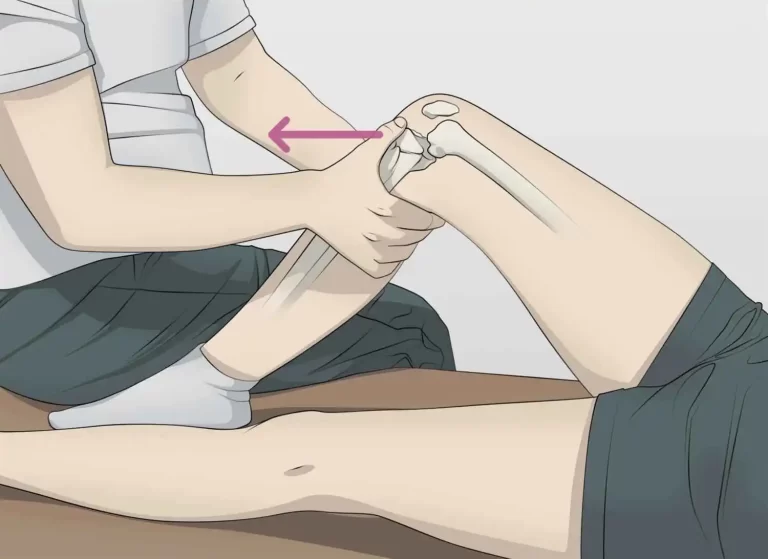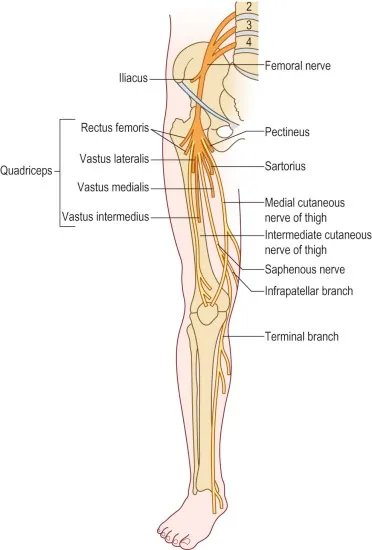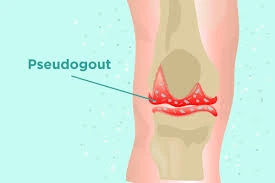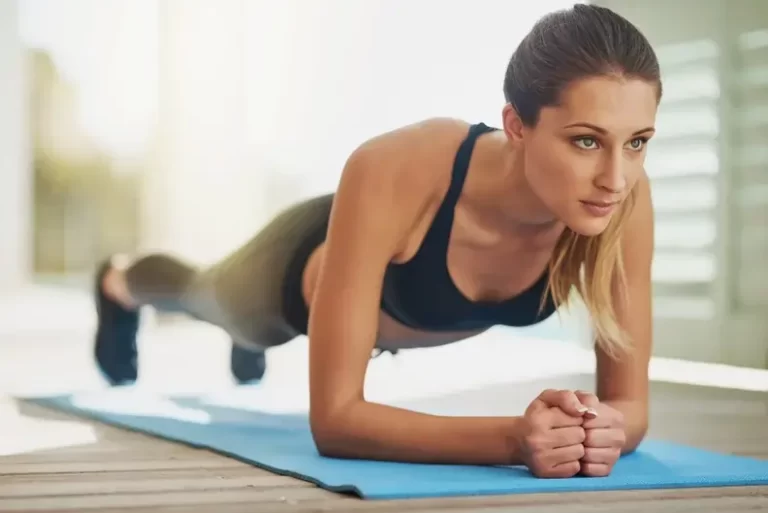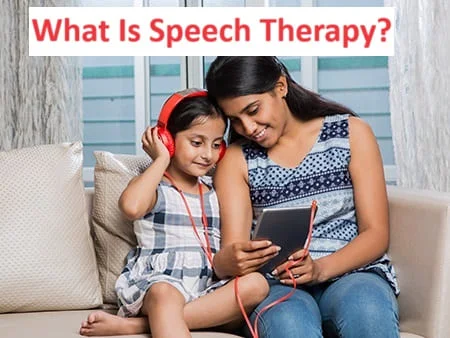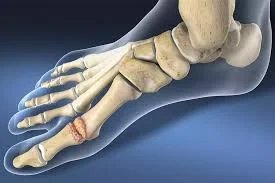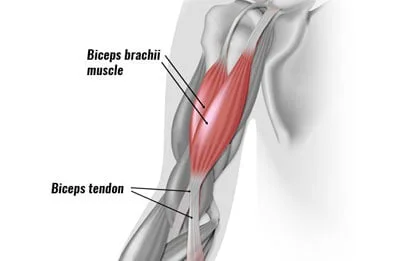Ankle and Foot Examination
Introduction The ankle and foot examination is a critical component of musculoskeletal assessment, focusing on evaluating the structure, function, and integrity of the bones, joints, ligaments, tendons, and surrounding soft tissues. A systematic approach typically includes inspection, palpation, range of motion assessment, strength testing, and special tests to identify conditions such as fractures, sprains, tendonitis,…
